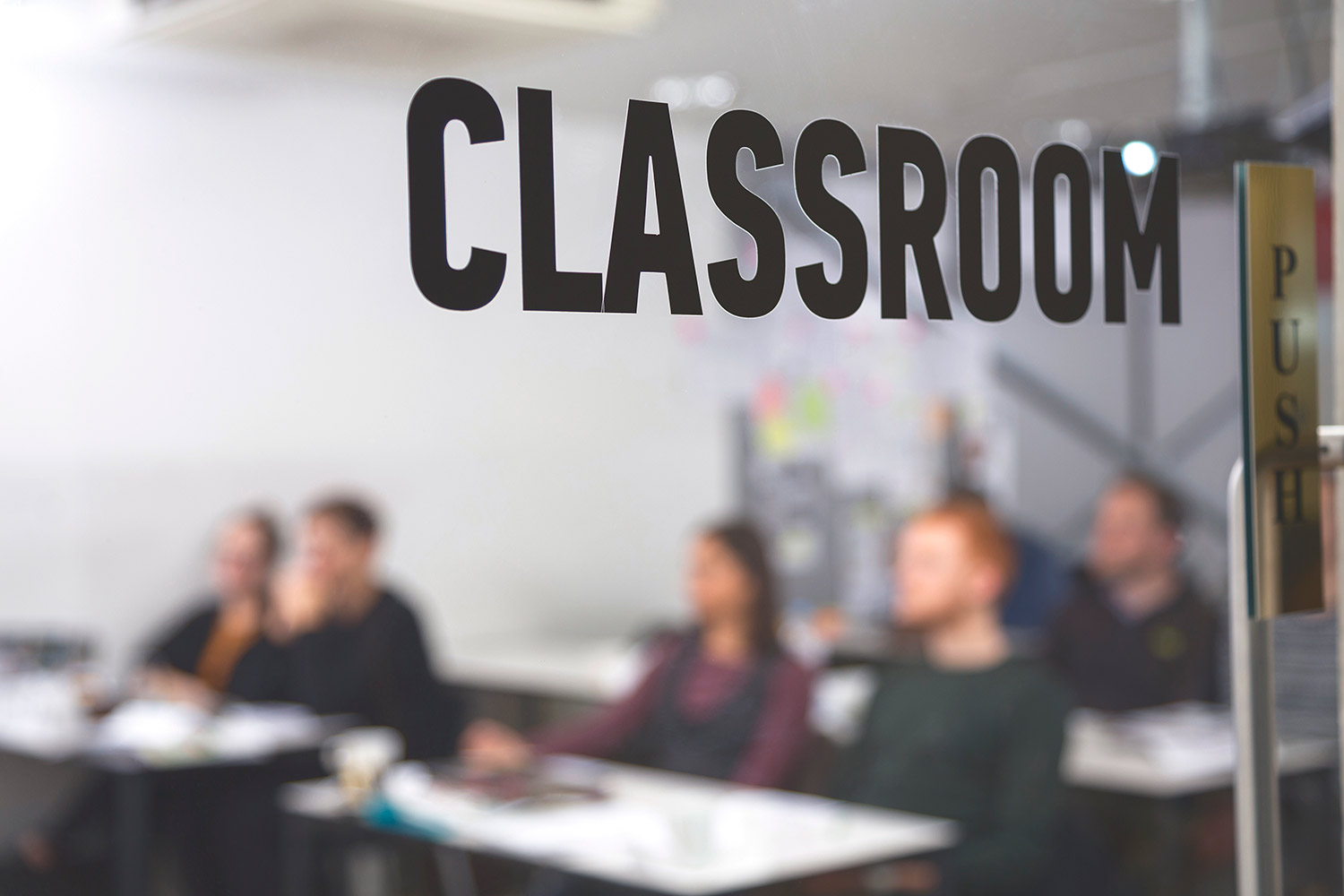The field of education, like every other sector, is being disrupted by technology. Yet, unlike other sectors, education is largely focused on a digitally native generation. A generation who will grow up in a world with incredible access and opportunities, but also with great challenges. Kids today will require an entirely new range of hard (coding, UX, data mining, systems) and soft skills (leadership, agility, flexibility) if they are to be the leaders, entrepreneurs and social activists of tomorrow. Furthermore, they will need the support and guidance of educators with the ability and tools to equip them for the future.
“One of our students had read about Marvel and suggested we give it a try on the course in London. Its success locally has meant that our 15 campuses worldwide now use it too”.
General Assembly, The Tech Museum and The Future Design School are three institutions dedicated to nurturing these new skill sets and lifelong learning. They all use Marvel as part of their curriculum. “We use Marvel on our User Experience Design Course, an immersive, ten week programme designed to take someone with little or no UX experience to junior UX level or above”, explains Laura Hasting, a Programme Producer at General Assembly, which was recently named one of the 10 most innovative companies in education. “One of our students had read about Marvel and suggested we give it a try on the course in London. Its success locally has meant that our 15 campuses worldwide now use it too”.
At The Tech Museum, a new generation of museum based in San Jose on the outskirts of Silicon Valley, Marvel is used daily in workshops geared towards inspiring the innovator in everyone. “We want people to really think about little things they can do to make a big impact on the world,” said Prinda Wanakule, The Tech’s educational programs manager. “And we love the tangible feeling of sketching on paper and creating quick paper prototypes. It really gives people a taste of what their designs could look like as an app before diving into code”. In fact, The Tech Museum wrote an in-depth article all about how teens were using Marvel to prototype apps that make a difference.
In Toronto, at the Future Design School, students are encouraged to focus on users when thinking about tech. “Marvel is a great tool for kids to test their theories about how people might use what they’ve built,” said Sandra Nagy, “Putting themselves in other’s shoes and developing a better sense of empathy is part of our curriculum”. Nagy went on to tell the story of one boy who prototyped an idea for connecting electric car drivers to homeowners selling excess wattage. A week later, Airbnb and Tesla announced their partnership to deliver just that. “It was wonderful to let him know that he and Elon Musk were thinking along the same lines. It gives kids confidence to know they’re doing the same stuff as people in real businesses”.
Feeling confident bringing ideas to life isn’t constrained to the classroom. One General Assembly student said he uses the prototypes he built as part of his portfolio, “It's nice to know that it's stored online and I can easily access it from anywhere, on any of my devices. I use this to communicate my UX Design process to potential employers and show off my design skills”. While Nagy reports kids downloading Marvel at home to continue trying stuff out.
A recent report published by the Institute for the Future (IFTF) identified the most important skills for the future. Among them, sensemaking (connecting ideas), social intelligence (asking the right questions), novel and adaptive learning, computational thinking and design mindset are all honed through prototyping and user testing. Institutions are the forefront of education rely on Marvel to help kids and young adults master these skills and prepare them for a world they are about to take on.








